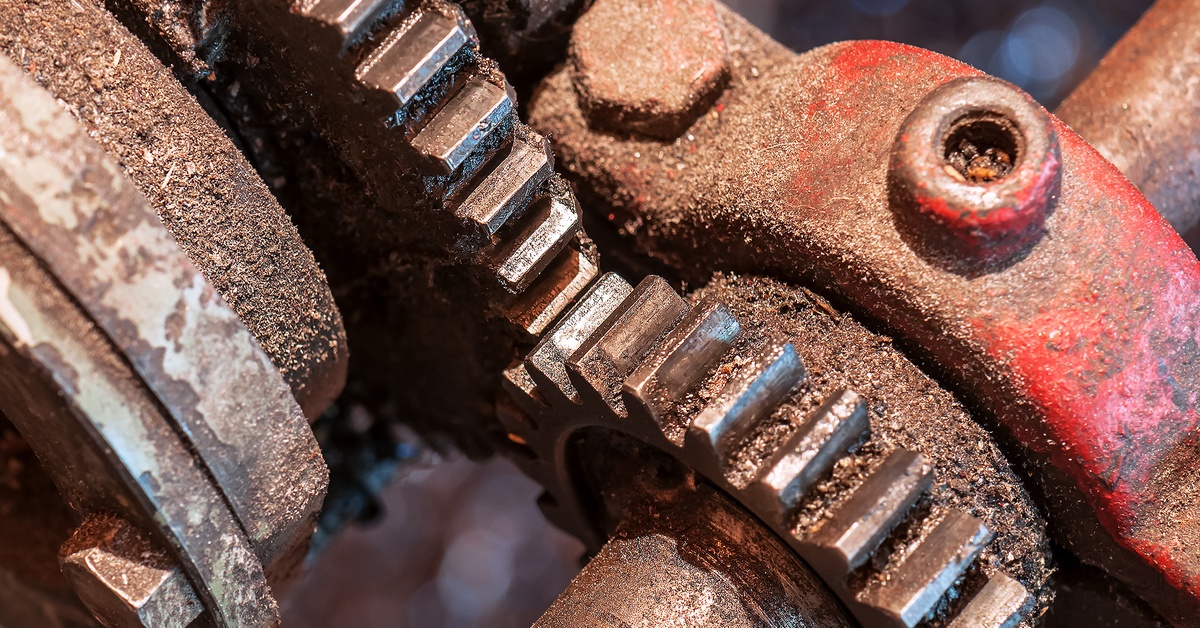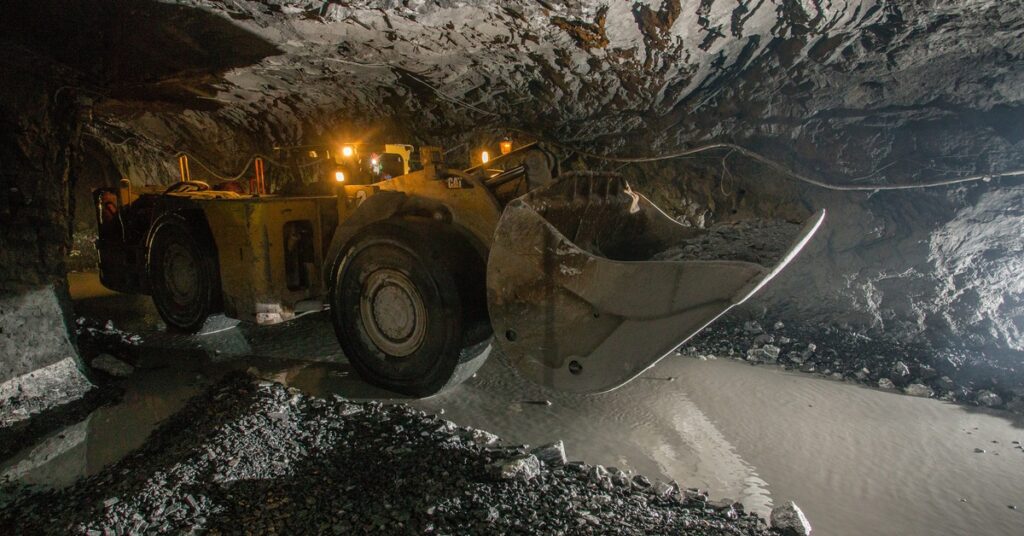While proper upkeep is crucial, even the best-maintained equipment isn’t immune to wear and tear, especially when operating under demanding conditions. Over time, heavy usage and exposure to harsh environments will naturally take a toll on your off-highway driveline parts.
There are various signs of wear and tear on off-highway driveline parts, and when you can spot these issues, you can address them before they escalate into costly repairs and unplanned downtime. With this knowledge, you can prevent expensive breakdowns, enhance safety, and maximize the lifespan of your equipment.
Excessive Vibrations
Excessive vibrations are one of the earliest and most noticeable signs of wear and tear on your driveline components. If you feel significant shaking or vibrating while operating your machinery, it’s a clear signal that something isn’t functioning correctly. These vibrations can result from worn bearings, damaged U-joints, or misaligned components.
Additionally, vibrations can stress other parts of your equipment, potentially causing further damage. Addressing the root cause of the issue immediately is essential to avoid expensive repairs or extended downtime. Regular inspections of the alignment, bearings, and joints of your equipment can help keep these problems under control.
Abnormal Noises
Unusual noises—such as knocking, grinding, or clunking—are another common indicator of wear and tear on driveline parts. These sounds typically originate from loose, misaligned, or damaged components such as bearings, gears, or joints.
For instance, a knocking sound might point to loose parts, while grinding may indicate metal-on-metal contact caused by insufficient lubrication or worn surfaces. Ignoring these noises can lead to more serious damage, potentially compromising the performance or safety of your machinery. Proactively addressing abnormal noises can save you significant time and money down the line.

Leaks
Fluid leaks are a telltale sign of wear, damage, or aging in your driveline system. Whether they’re from oil, transmission fluid, or hydraulic fluid, leaks may indicate cracks, deteriorated seals, or internal damage within the system. They can affect critical components such as the transmission, drivetrain, or differential, depending on where the fluid is coming from.
Beyond the mess, leaks can reduce lubrication, leading to overheating or accelerated wear on parts. Conducting regular inspections to catch and repair leaks early is an effective way to maintain your machinery’s health and prevent an unexpected breakdown.
Reduced Performance
Over time, as driveline components deteriorate, you may notice a decline in your equipment’s performance. This could show up as slower operation speeds, reduced power output, difficulty shifting gears, or intermittent functionality. Worn-out bearings or malfunctioning joints are often behind these issues.
Since reduced performance directly affects productivity, it’s crucial to address these symptoms promptly. Ignoring them could lead to more severe problems within your driveline system. Regular performance monitoring and preventative maintenance can help keep your equipment running at peak efficiency.
Difficulty Steering
If steering your equipment feels more challenging than usual, that’s a potential indicator of wear and tear on key driveline components. Damaged or worn-out steering joints, hydraulic systems, or connecting parts can result in reduced maneuverability. In some cases, this could also signal alignment problems or a failing power steering system.
Difficulty steering not only impacts operator comfort but can also pose serious safety risks. Addressing steering problems early can help reduce strain on other components and ensure safer operation of your machinery.
Uneven Tire Wear
Uneven tire wear can have a big impact on your equipment’s performance. Misaligned driveshafts, faulty suspension components, or imbalanced systems can cause the tires to wear out unevenly, reducing their lifespan and effectiveness.
Uneven tire contact with the ground can also affect your equipment’s stability, handling, and overall safety. If you notice irregular wear patterns on your tires, it’s worth investigating the underlying cause within your driveline system to prevent further damage and extend the life of your tires.
Jerky Movements
Jerking or bouncing movements during operation are clear red flags of failing driveline components. These erratic motions can make operating your equipment uncomfortable and unsafe. Common culprits include worn-out U-joints or misaligned driveshafts.
If left alone, jerking and bouncing can lead to increased wear on other parts of your machinery and may even cause complete component failure. Addressing these issues quickly guarantees smoother equipment operation while also helping you avoid costly repairs and downtime.
Excessive Heat
If certain parts of your off-highway equipment feel unusually hot during operation, it could indicate excessive friction caused by worn or damaged driveline components. Overheating is often a result of insufficient lubrication, worn bearings, or faulty seals, which prevent the components from working smoothly together.
Left alone for too long, excessive heat only decreases efficiency and can also cause critical parts to warp, crack, or fail entirely. Make sure to monitor your equipment’s temperature during operation and perform regular maintenance, such as checking lubrication levels and replacing worn parts.

Rusty Parts
Rust is an all-too-common issue that can cause significant wear and tear on off-highway driveline parts. Exposure to moisture, dirt, and harsh environmental conditions can lead to corrosion, which weakens critical components such as the driveshaft, axles, and joints. Corroded parts reduce the overall efficiency of your equipment and pose safety risks since weakened components are more likely to fail under pressure.
You can mitigate this problem by regularly inspecting your machinery for rust, cleaning the affected areas, applying anti-corrosion treatments, and promptly replacing severely corroded parts. Additionally, proper storage and proactive maintenance can prevent rust from forming in the first place.
Visible Wear on Parts
Visually inspecting your off-highway driveline parts is one of the simplest yet most important steps in maintaining your equipment. Look for signs of wear and tear, such as dents, chips, cracks, or worn surfaces on the driveshaft, axles, and bearings.
These small issues might seem minor at first glance, but they can quickly worsen under continued operation, leading to reduced performance or complete failure. Visual inspections, along with timely repairs and replacements, can ensure that your driveline parts operate at their peak performance.
When you stay vigilant and look for these signs of wear and tear on off-highway driveline parts, you can significantly extend the life of your machinery and make sure it continues performing at its best. A proactive approach, including routine maintenance and early intervention, not only saves money but also minimizes downtime, and Bull Powertrain is here to help. We can service your Dana driveline parts when there is a problem so you can keep your operation running smoothly and safely for years to come.

